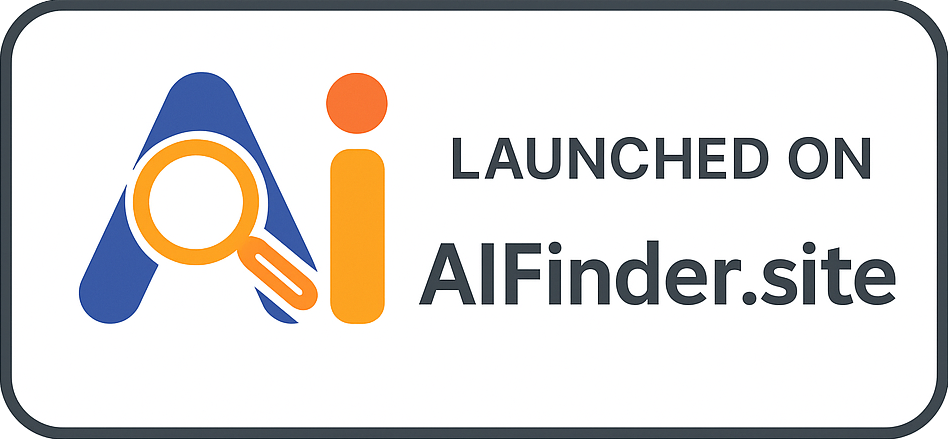Cost Per Lead (CPL)
Cost Per Lead (CPL) is a marketing metric that measures the cost associated with acquiring a potential customer’s contact information through various marketing efforts, including influencer marketing strategies.
Frequently Asked Questions
What is Cost Per Lead (CPL)?
Cost Per Lead (CPL) refers to the total cost incurred by a business to generate a lead, which is typically defined as a potential customer expressing interest in a product or service. This metric helps businesses understand the effectiveness of their marketing campaigns.
Where is CPL used?
CPL is widely used in various digital marketing channels, including social media campaigns, email marketing, landing pages, and influencer partnerships. It helps marketers assess the cost-effectiveness of different lead generation tactics.
When should CPL be measured?
CPL should be measured after executing marketing campaigns aimed at lead generation. This includes campaigns that utilize influencers to drive interest and capture contact information to build a sales funnel.
Why is CPL important?
CPL is important because it allows businesses to evaluate the return on investment (ROI) of their marketing efforts. By understanding the cost to generate a lead, businesses can optimize their marketing strategies and allocate budgets more effectively.
How to reduce CPL?
To reduce CPL, businesses can optimize their targeting efforts, improve ad creatives, leverage top-performing marketing channels, and collaborate with influencers who have engaged audiences that resonate with their brand.
Key Takeaways
In influencer marketing, understanding Cost Per Lead (CPL) is crucial for evaluating campaign effectiveness. By analyzing CPL, brands can make informed decisions on their marketing strategies, ensuring they maximize lead generation while minimizing costs.
Hot Glossary Terms
Influencer Marketing
Influencer Marketing is a strategy that leverages the influence of individuals with large followings on social media to promote products or services, aiming to reach a targeted audience effectively.
Social Media Marketing
Social Media Marketing refers to the use of social media platforms and websites to promote a product or service, encouraging user engagement and brand awareness through content creation and sharing.
Content Strategy
Content Strategy is a comprehensive plan aimed at creating, publishing, and managing high-quality content to achieve business goals and enhance user engagement.
Brand Partnerships
Brand Partnerships refer to collaborative relationships between two or more brands or influencers aimed at promoting mutual interests and achieving shared goals through combined marketing efforts.
Engagement Rate
Engagement Rate is a key performance metric in social media and influencer marketing that measures the level of interaction and engagement a piece of content receives from its audience.
Related Terms
Social Media Verification
Social Media Verification is the process of validating the authenticity of accounts on social media platforms, usually represented by a blue checkmark, which helps users identify credible accounts of public figures, brands, and organizations.
Tracking
Tracking refers to the process of monitoring and analyzing the performance and engagement metrics of social media content, especially in influencer marketing campaigns.
Affiliate Marketing Vs Traditional Marketing
Affiliate Marketing and Traditional Marketing are two distinct approaches to promoting products and services, each with its own strategies, benefits, and challenges.
Affiliate Marketing Strategy
Affiliate Marketing Strategy involves creating a structured approach for promoting products or services through affiliates who earn commissions based on sales or leads generated through their marketing efforts.
Affiliate Marketing Case Study
Affiliate Marketing Case Study provides insights into the effectiveness and strategy of affiliate marketing campaigns through real-world examples, outlining best practices and measurable outcomes.







